Pioneer Woman
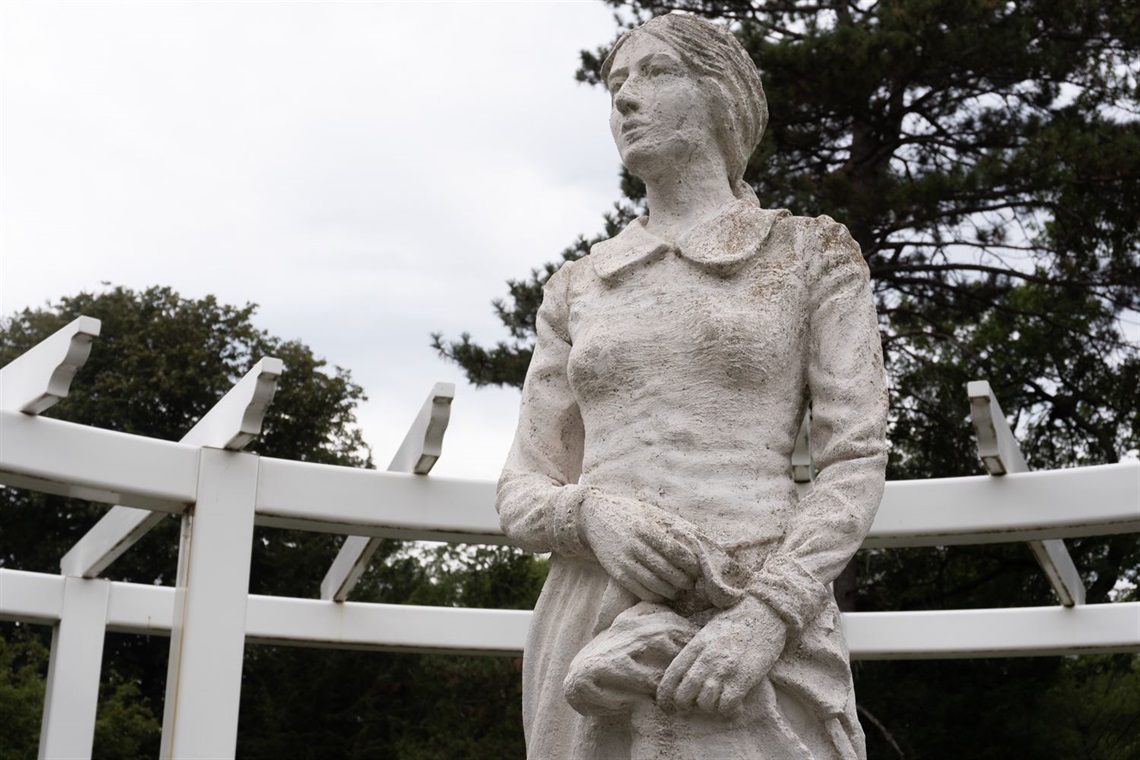
About the Sculpture
Ellis Burman’s first featured sculpture for the city of Lincoln was Pioneer Woman, 1935, commissioned by the Lincoln Woman’s Club. The Club wanted a sculpture that would represent the brave women who had taken the risk to leave their homes to settle the west. One of Burman’s inspirations was the heroine of Bess Streeter Aldrich’s book, “A Lantern in Her Hand”. Aldrich had modeled the protagonist on her own mother, who was a pioneer woman herself, who faced the challenges of starting and maintaining a home in a new land.
Though many of the women who traveled west were accompanied by family and children, Burman chooses to strip the sculpture of those aspects, instead presenting the sacrifices these women had to make. The sculpture itself is done in concrete, most likely due to the economic hardships occurring during the Great Depression. Stepping away from the traditional bronze sculptures of the period, the white material aids the sculpture in appearing pure of spirit. She clutches a small cloth bag, wears a simple dress, but exudes a bravery and poise that provides the city with a fantastic commemoration of the women who helped settle the land we now call home.
The statue was dedicated October 13, 1935 and now resides at Antelope Park South, near the intersection 33rd Street and Sheridan Boulevard.
“Ellis Luis Burman’s The Pioneer Woman commemorated Nebraska frontierswomen’s sacrifices and symbolized the sophistication of the Lincoln Woman’s Club members who donated the statue at the height of the Great Depression.” - Cynthia Culver Prescott in her book, “Pioneer Mother Monuments: Constructing Cultural Memory, 2019.
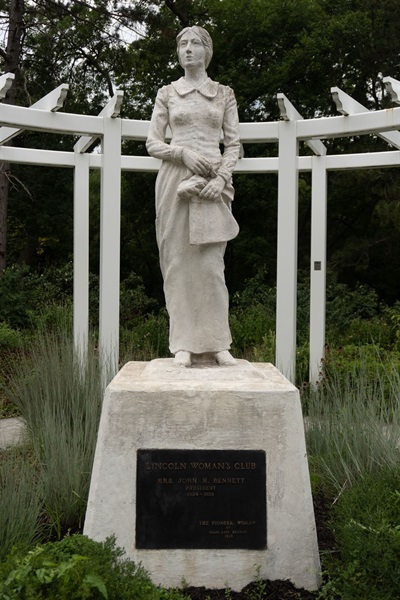
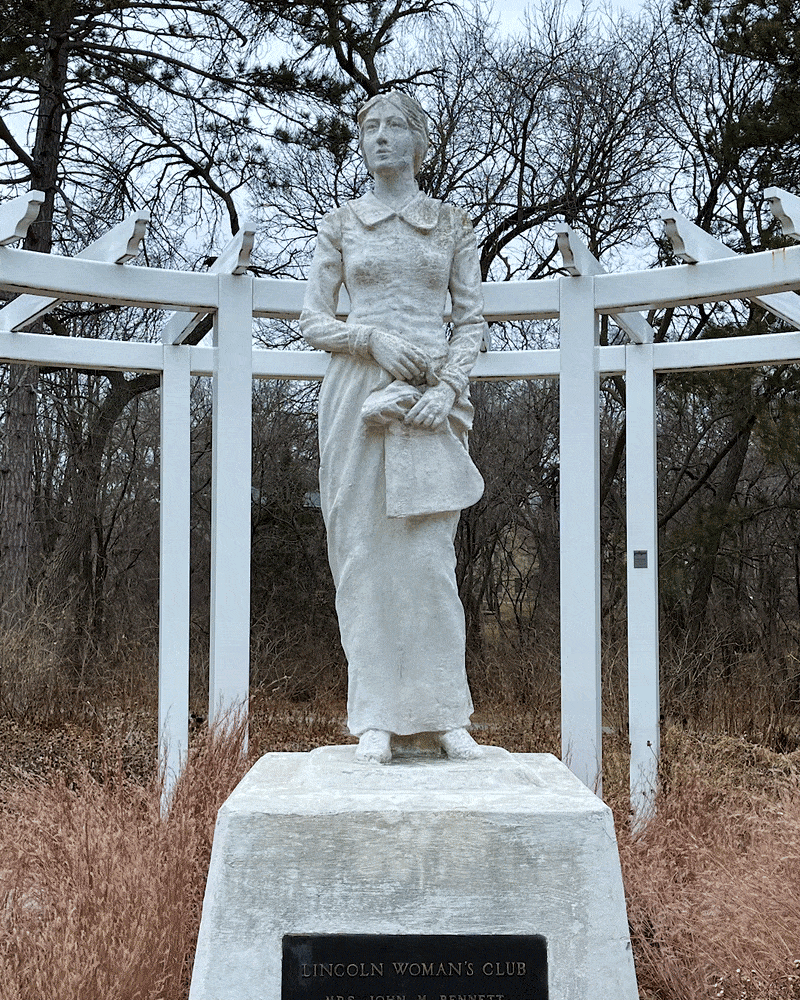
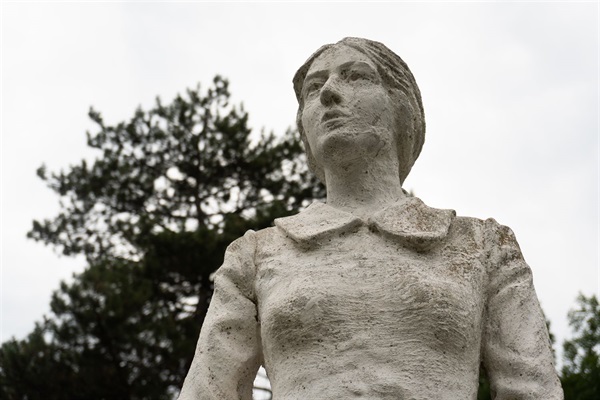
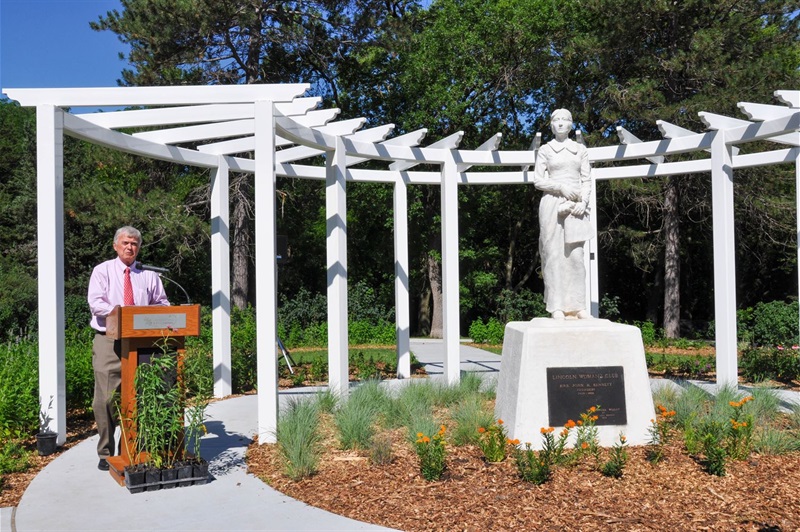
About the Sculptor Ellis Luis Burman
Born in 1902 in Toledo, Ohio, Ellis Luis Burman studied at the Art Institute of Chicago, but moved to Lincoln, NE with his wife around the 1930s. He worked predominately as a commercial artist at the beginning of his career. His first major sculptural project was a commission from the Lincoln Woman’s Club to honor the pioneer women who helped settle the west. During the Great Depression, Burman found work with the Works Progress Administration (WPA) or the Federal Emergency Relief Administration (FERA) to help beautify the city of Lincoln. During this time, he created several notable monuments. One being a memorial to the veterans of the state, known as “War and Victory”. His most well-known work was also created at this time, titled “The Smoke Signal” and was dedicated to all Nebraska Native Americans.
Though his notable marks on the city of Lincoln were his monuments, he also helped create costumes for Lincoln’s holiday Storyland parade in 1935. This project potentially led him to his final career in Hollywood, where he became a movie prop master and created masks and other costumes.
Additional Information
Antelope Park South, 3117 S 33rd St, Lincoln, NE
Length: 3 ft.
Width: 3 ft.
Height: 9 ft.
Other articles about the sculpture:
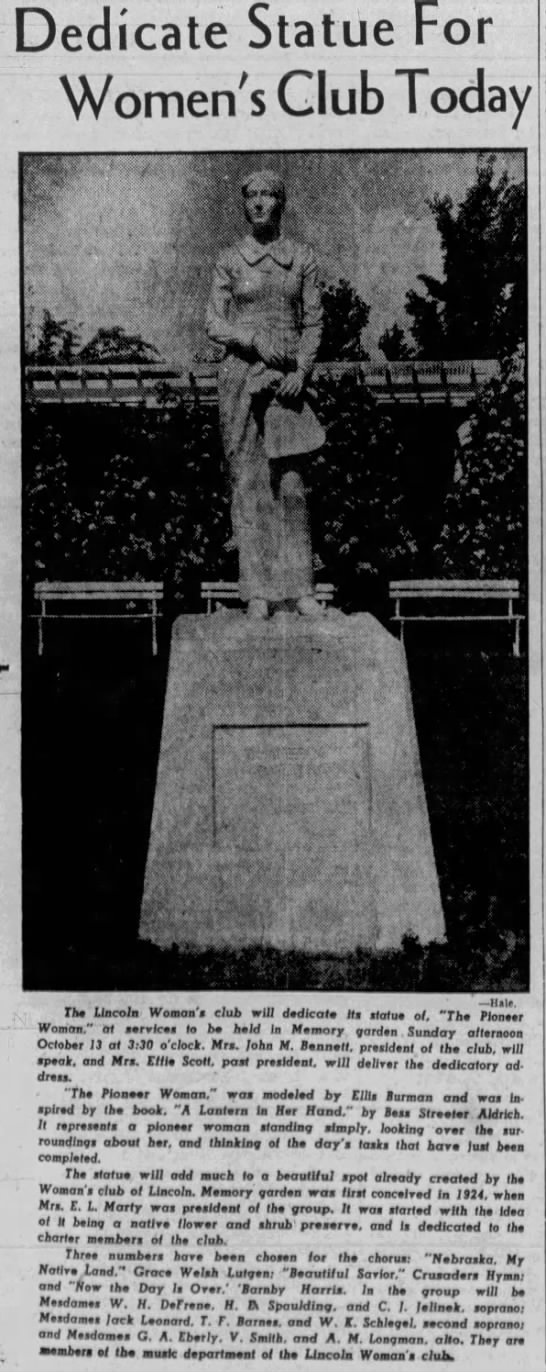
Location
33rd St & Sheridan Blvd., Lincoln 68506 View Map
40.781395, -96.673043
33rd St & Sheridan Blvd. ,
Lincoln 68506
33rd St & Sheridan Blvd. ,
Lincoln 68506
Pioneer Woman